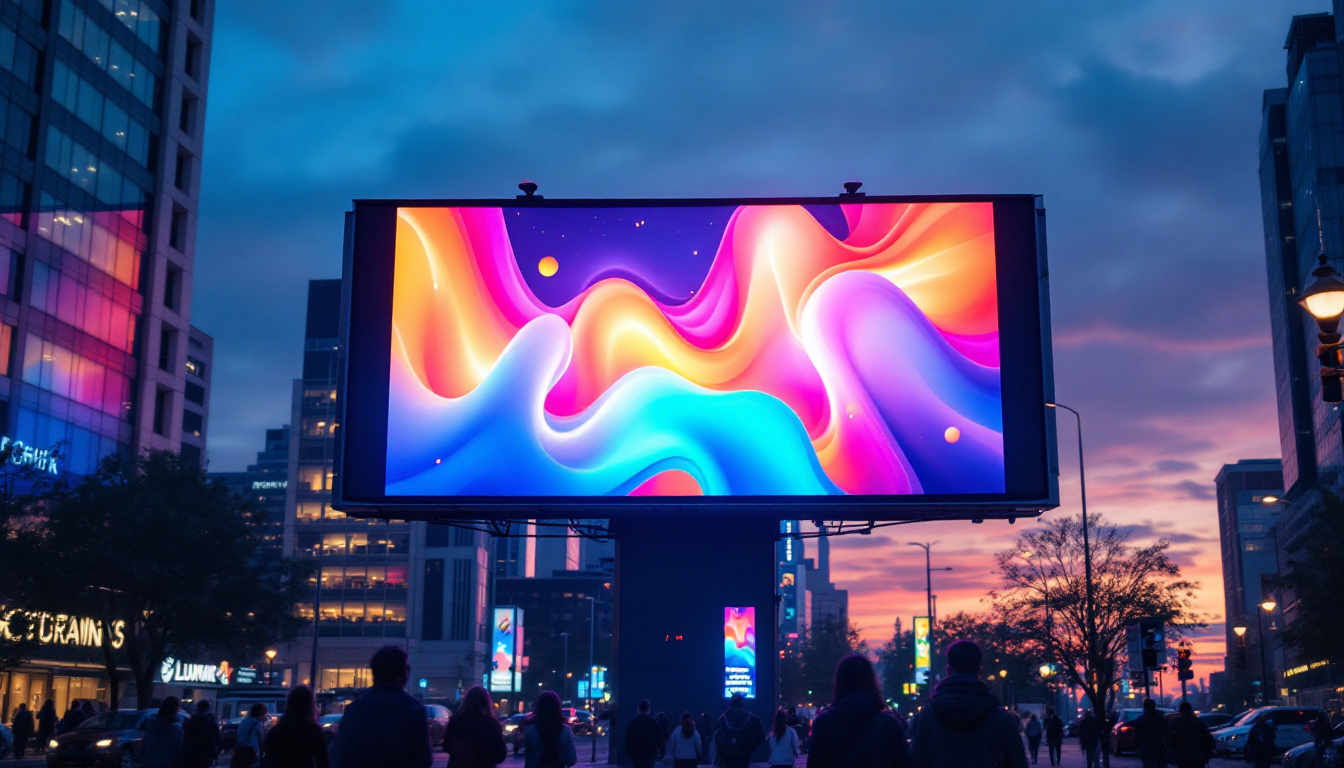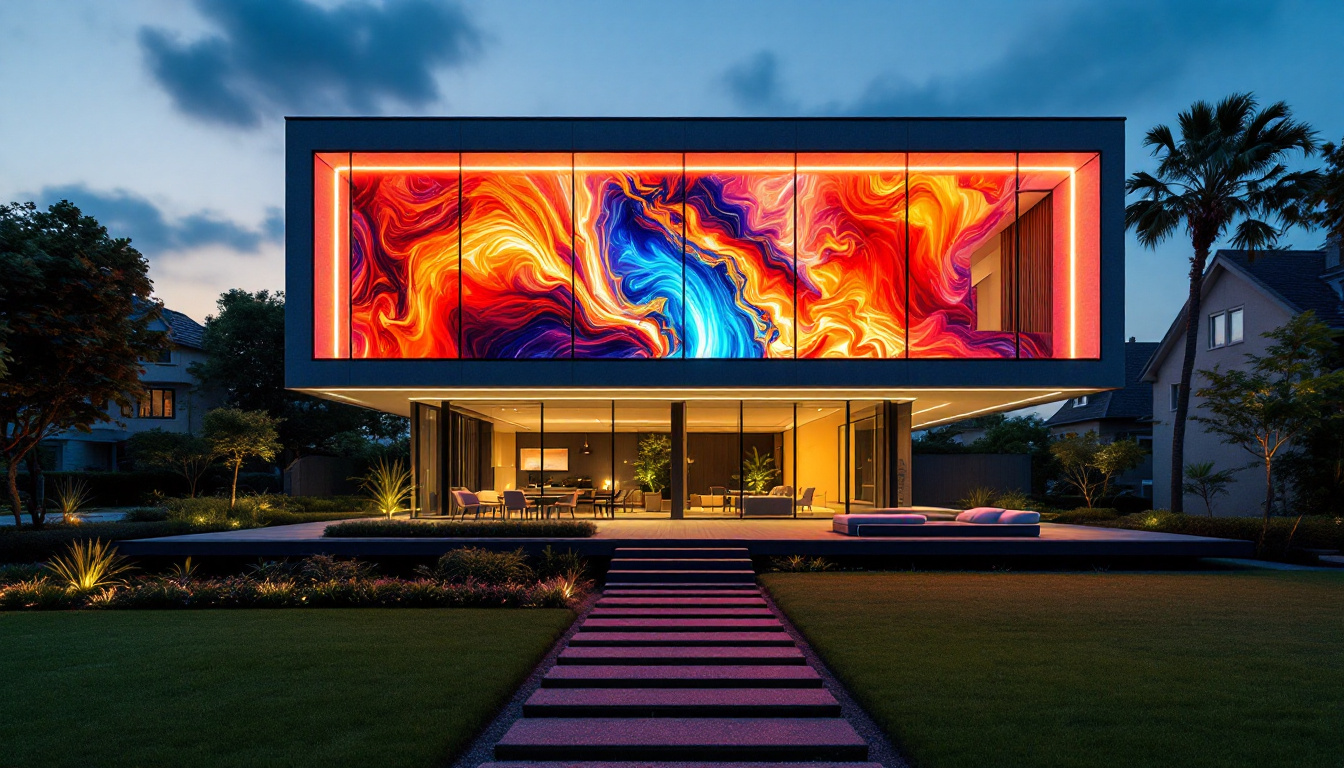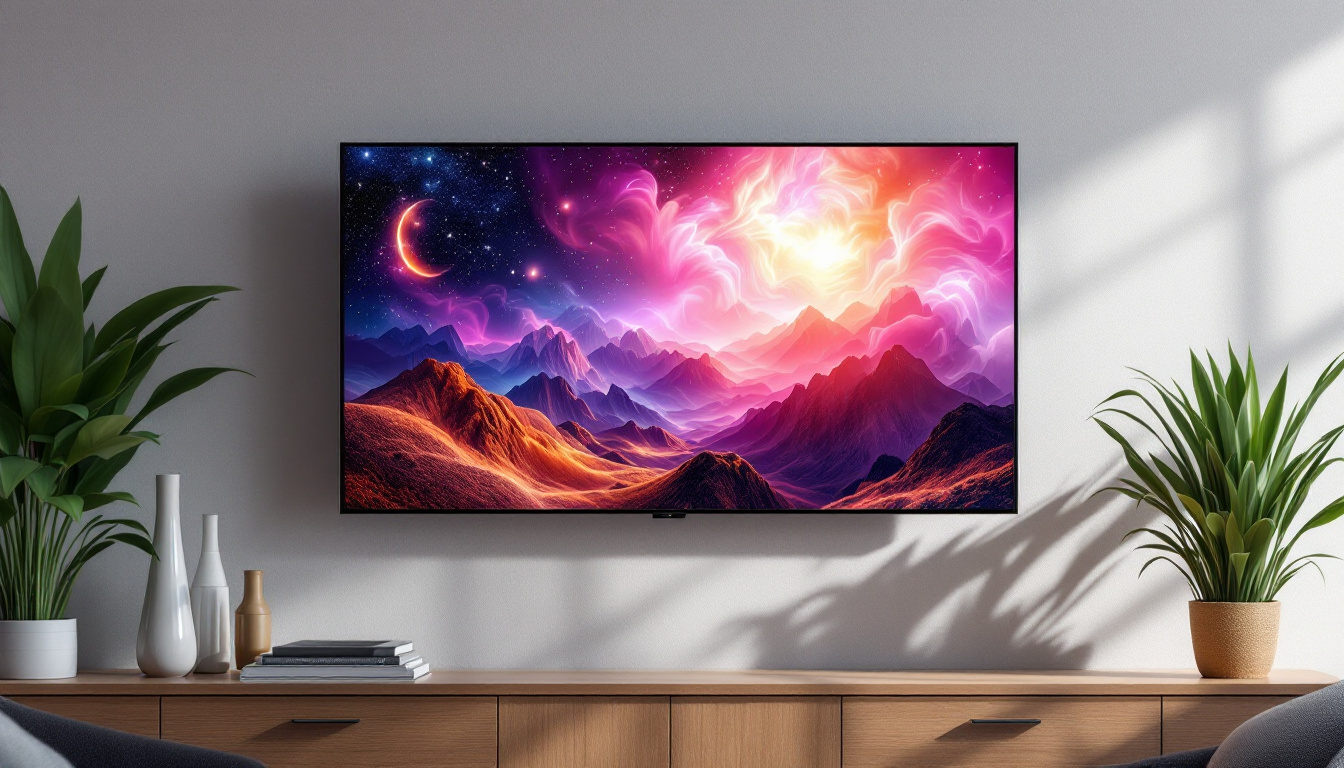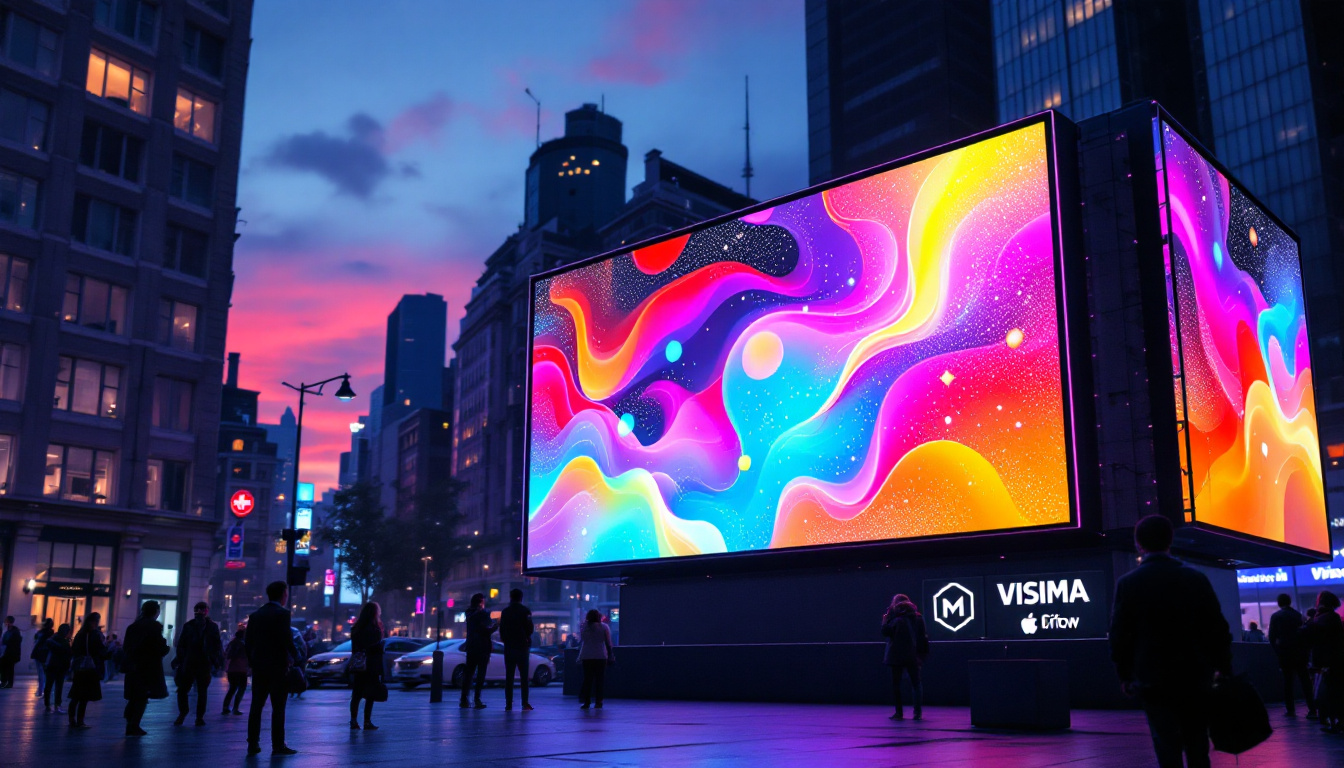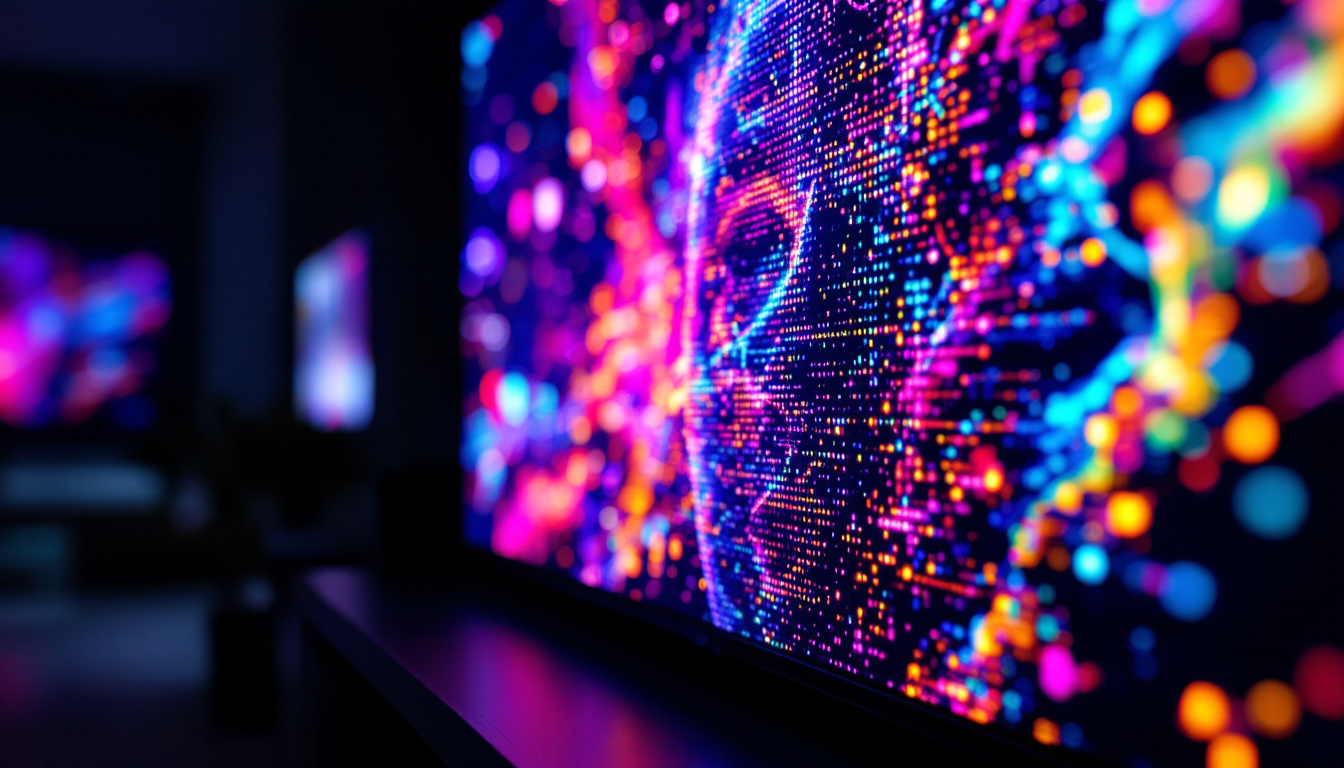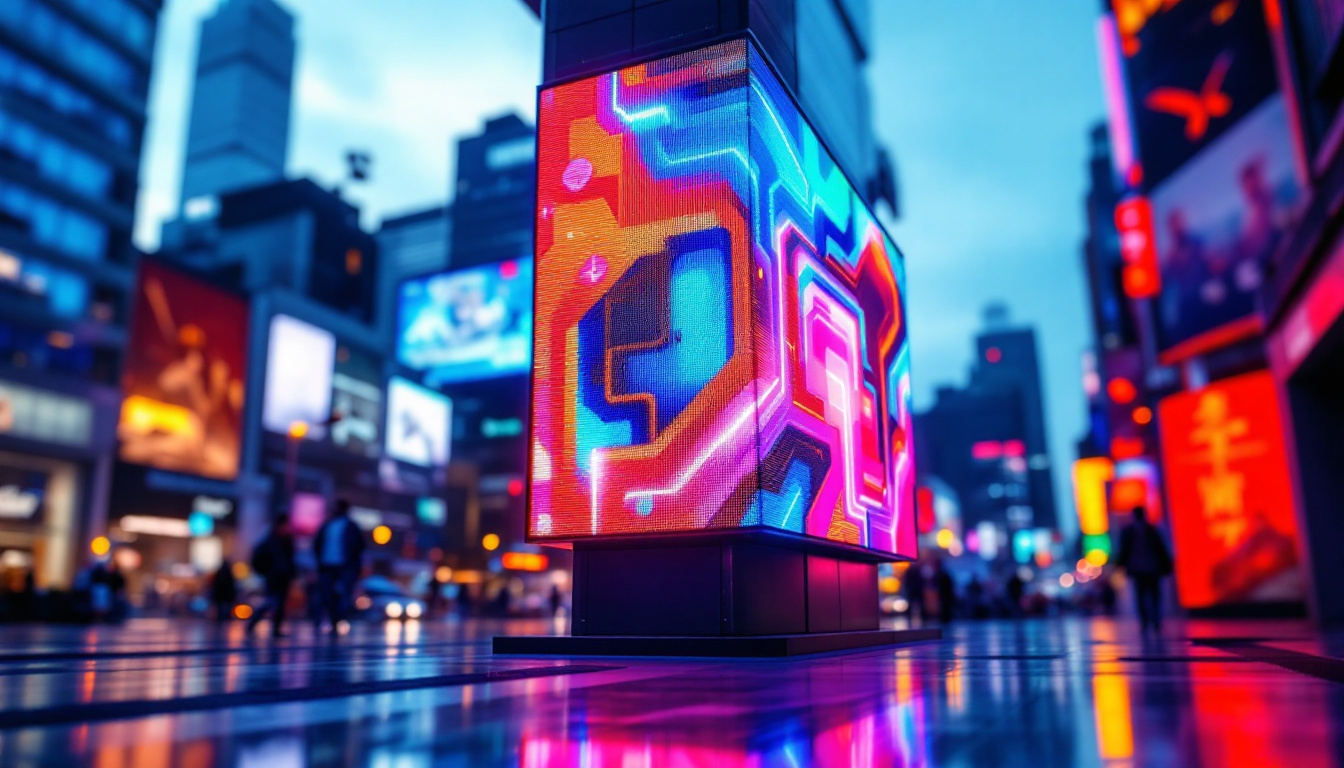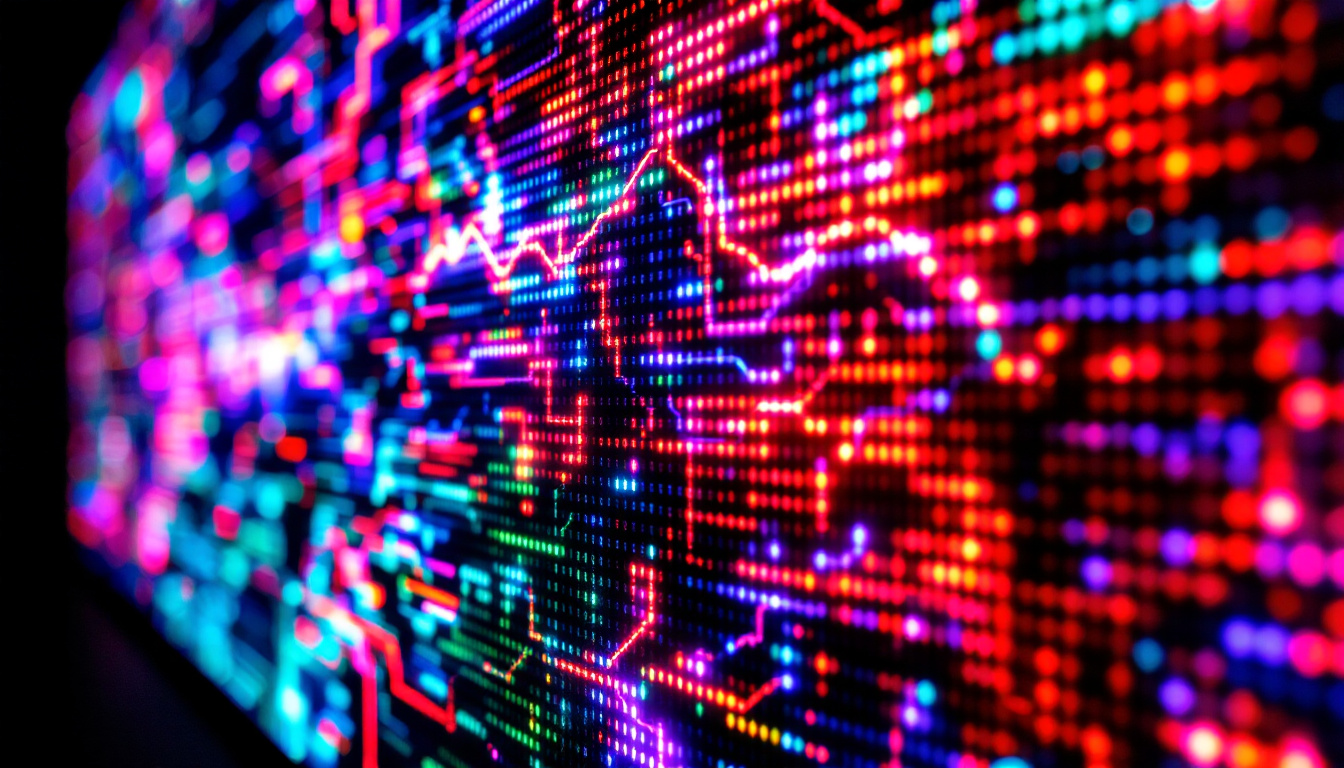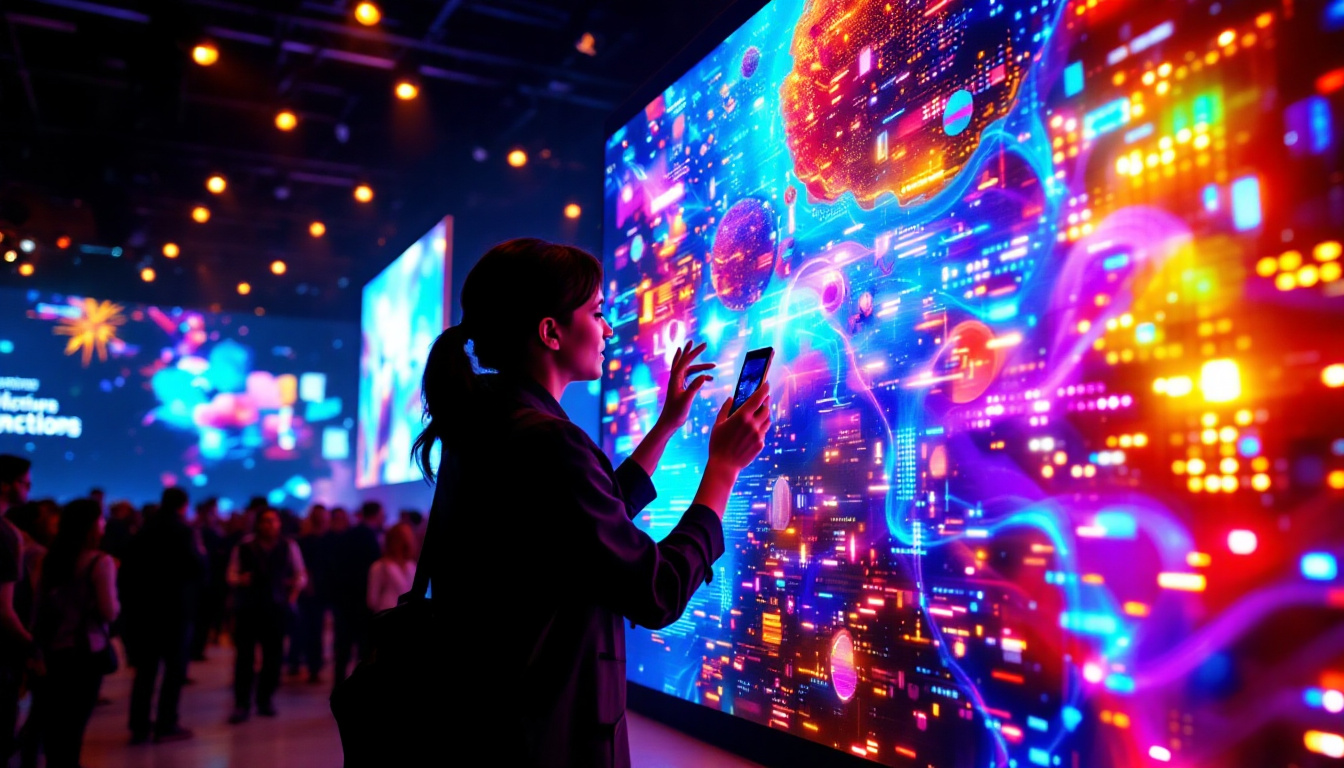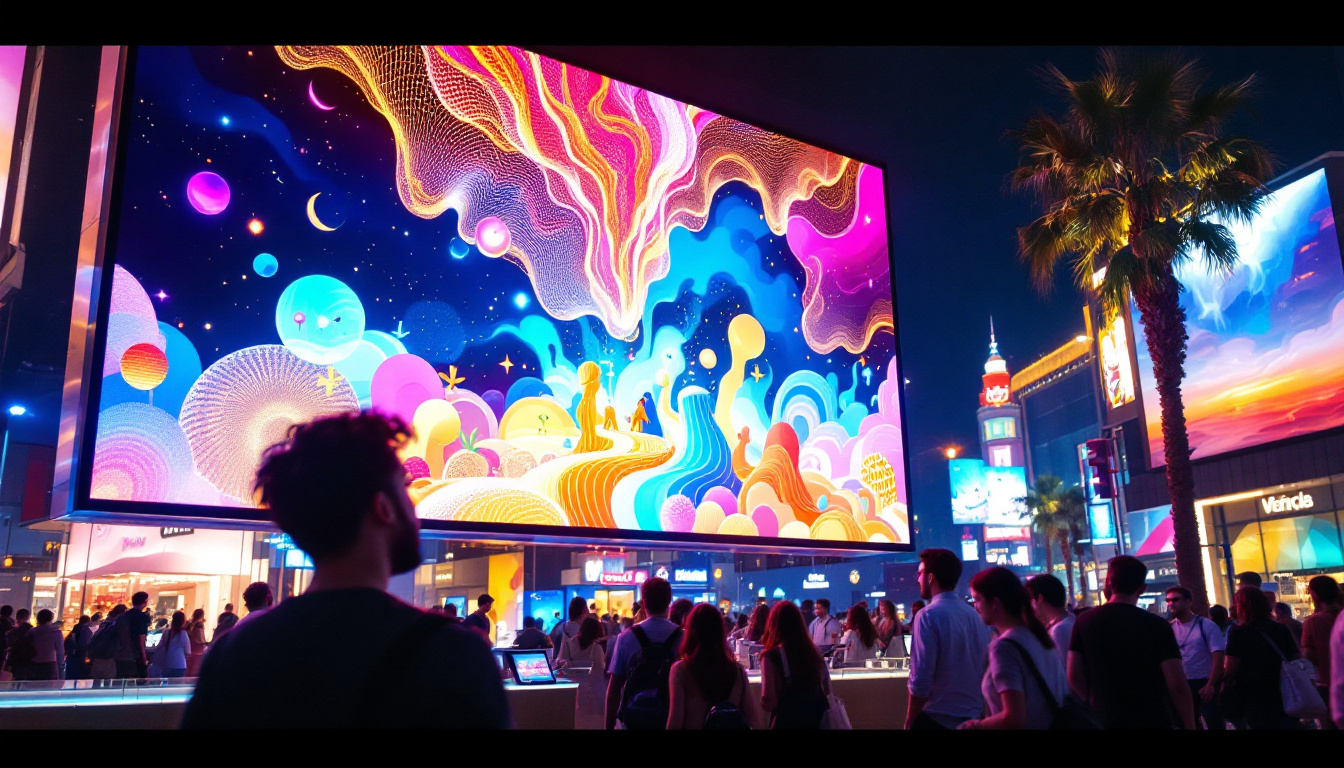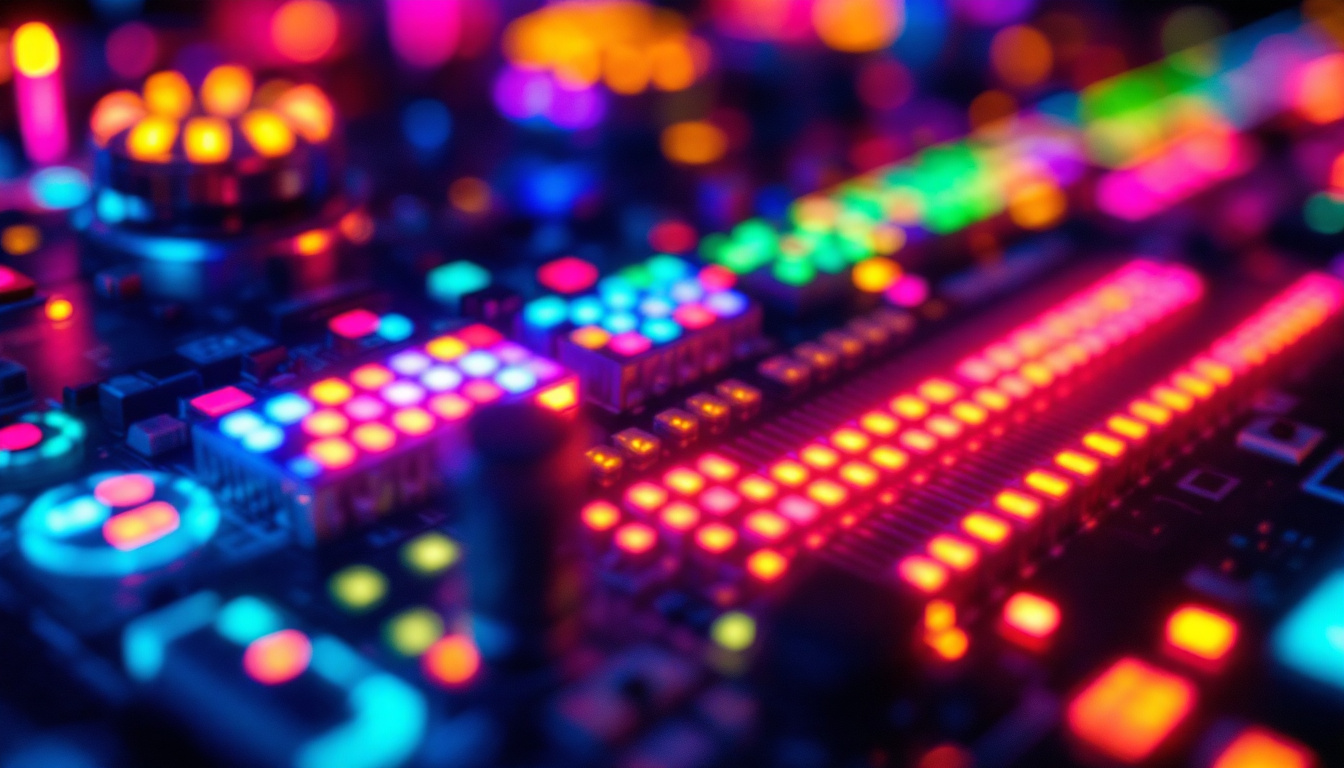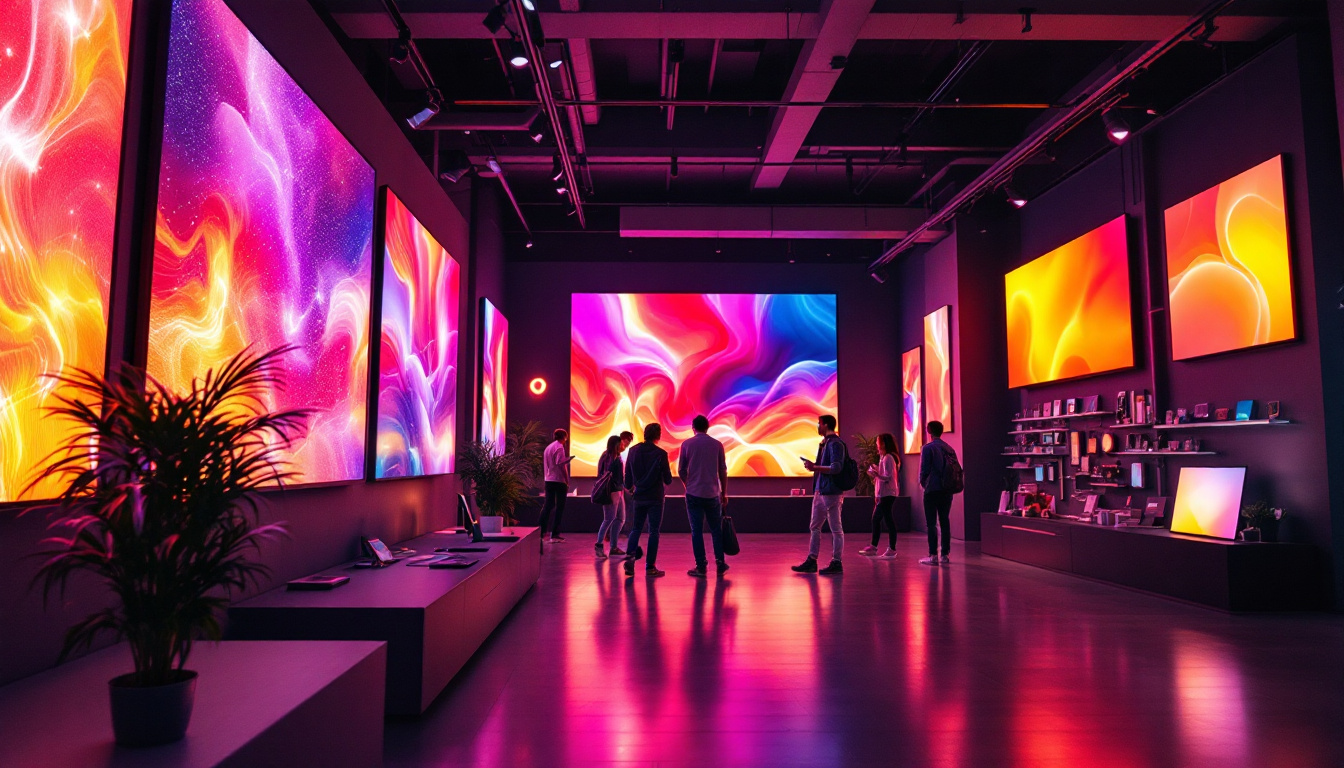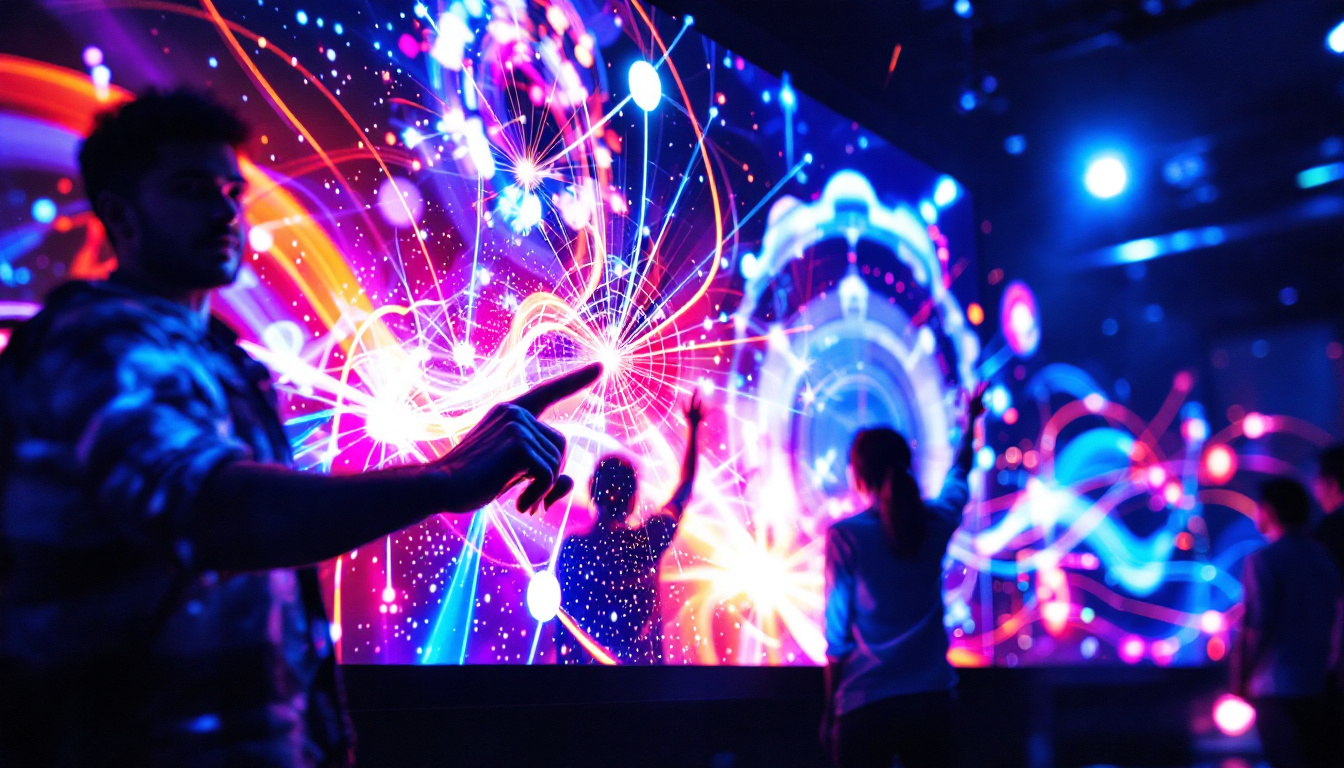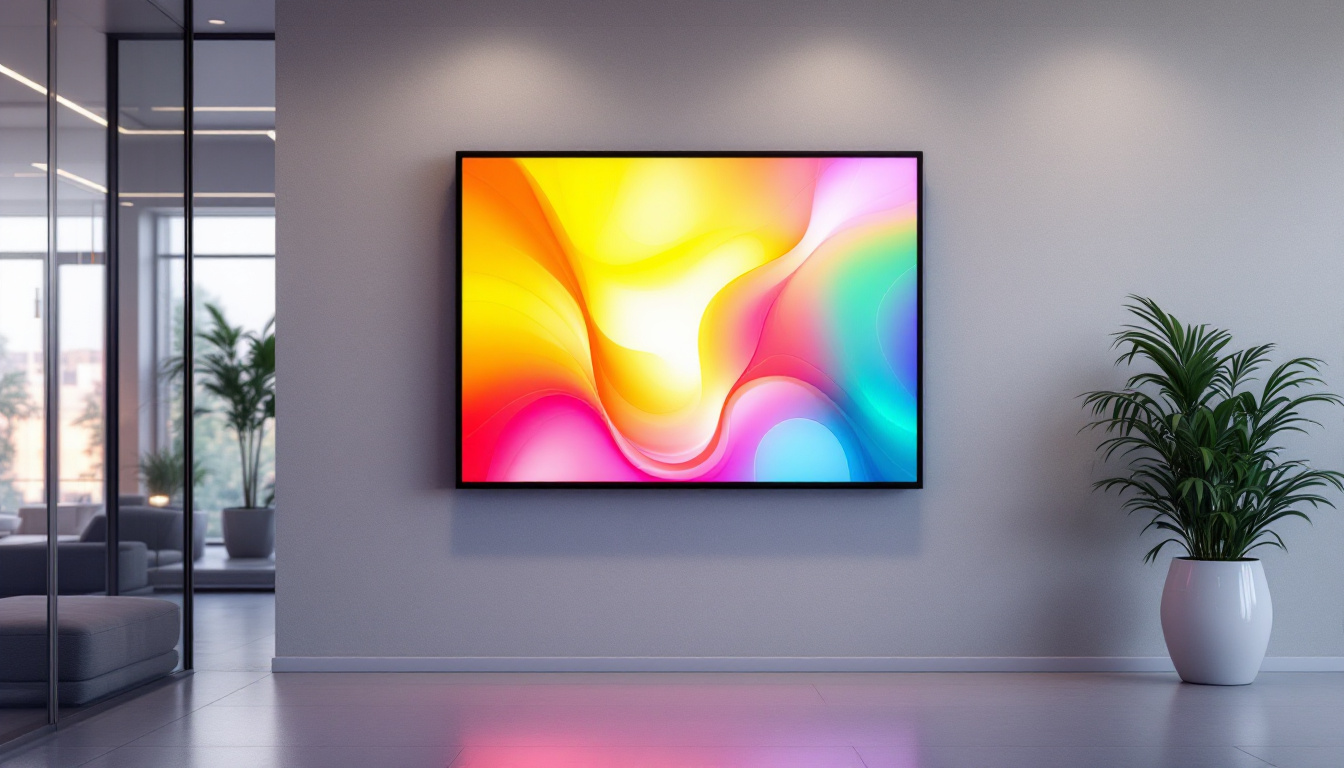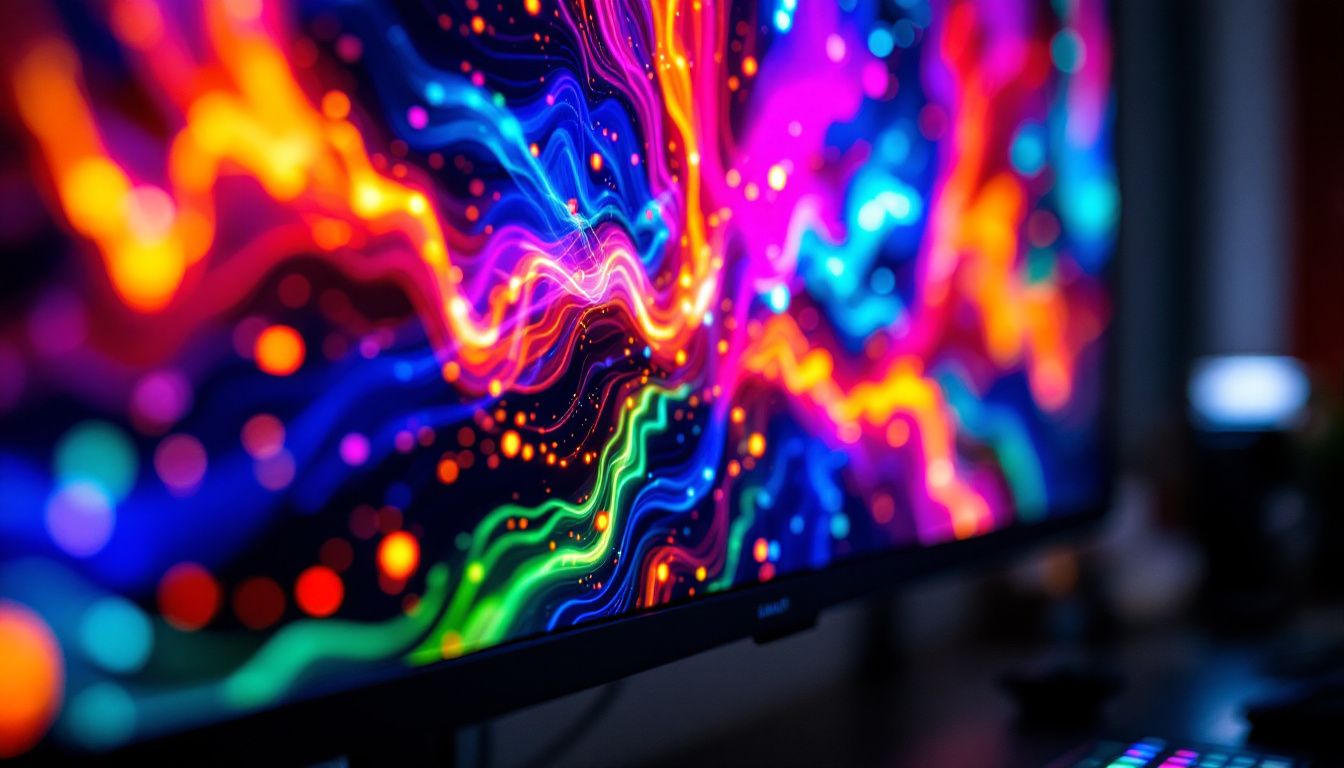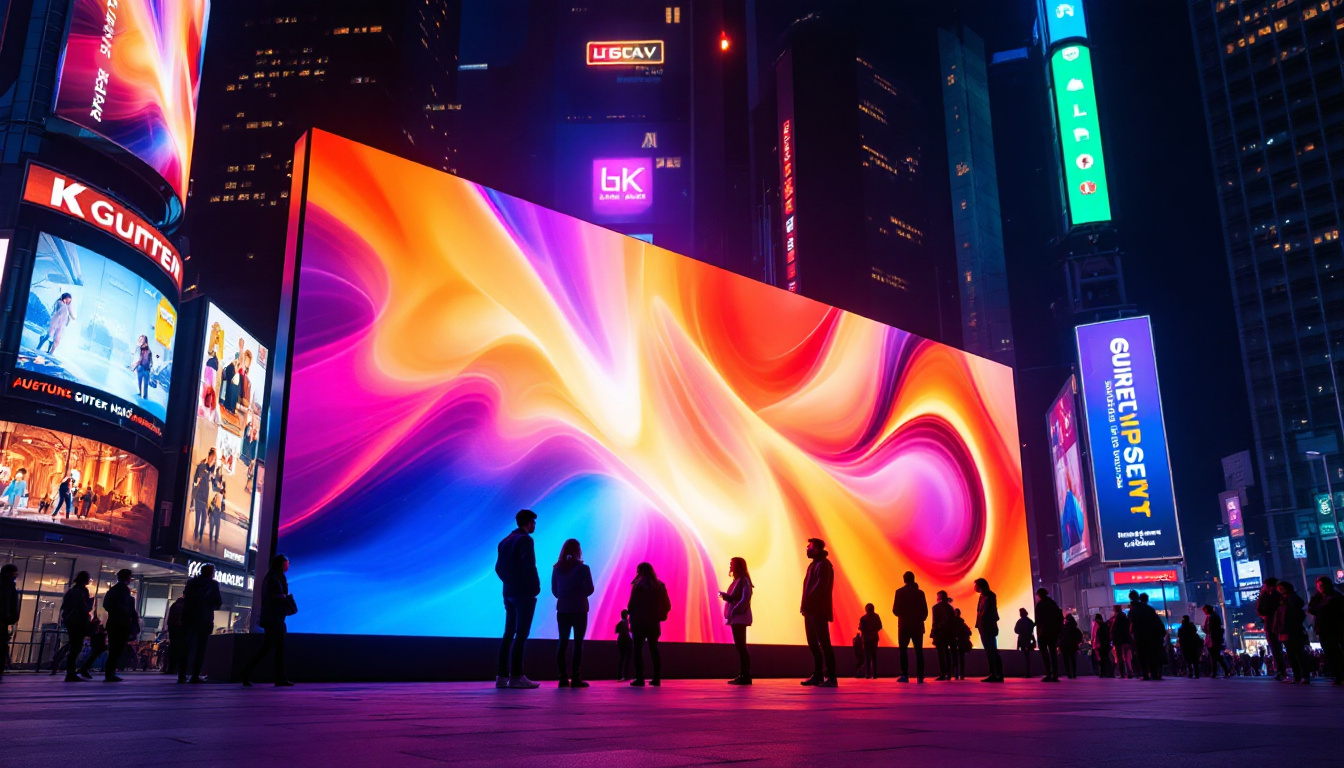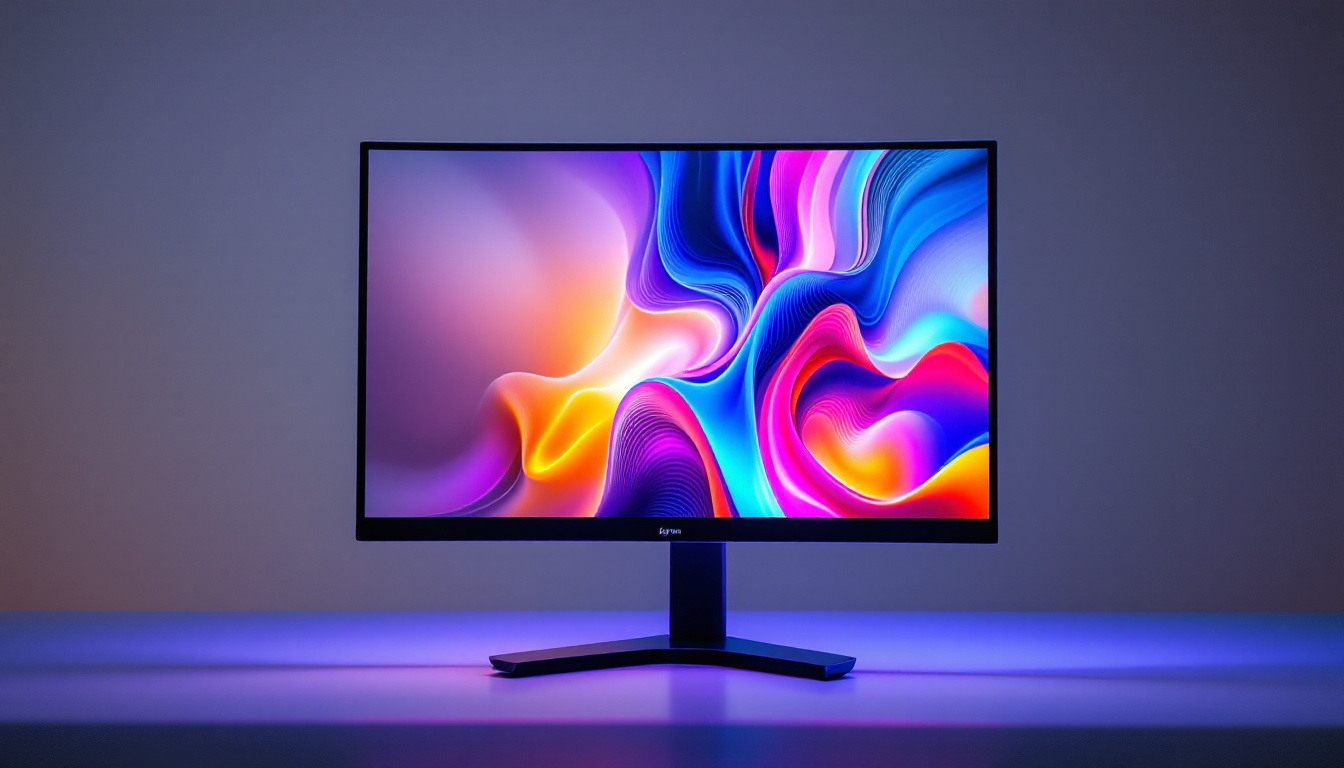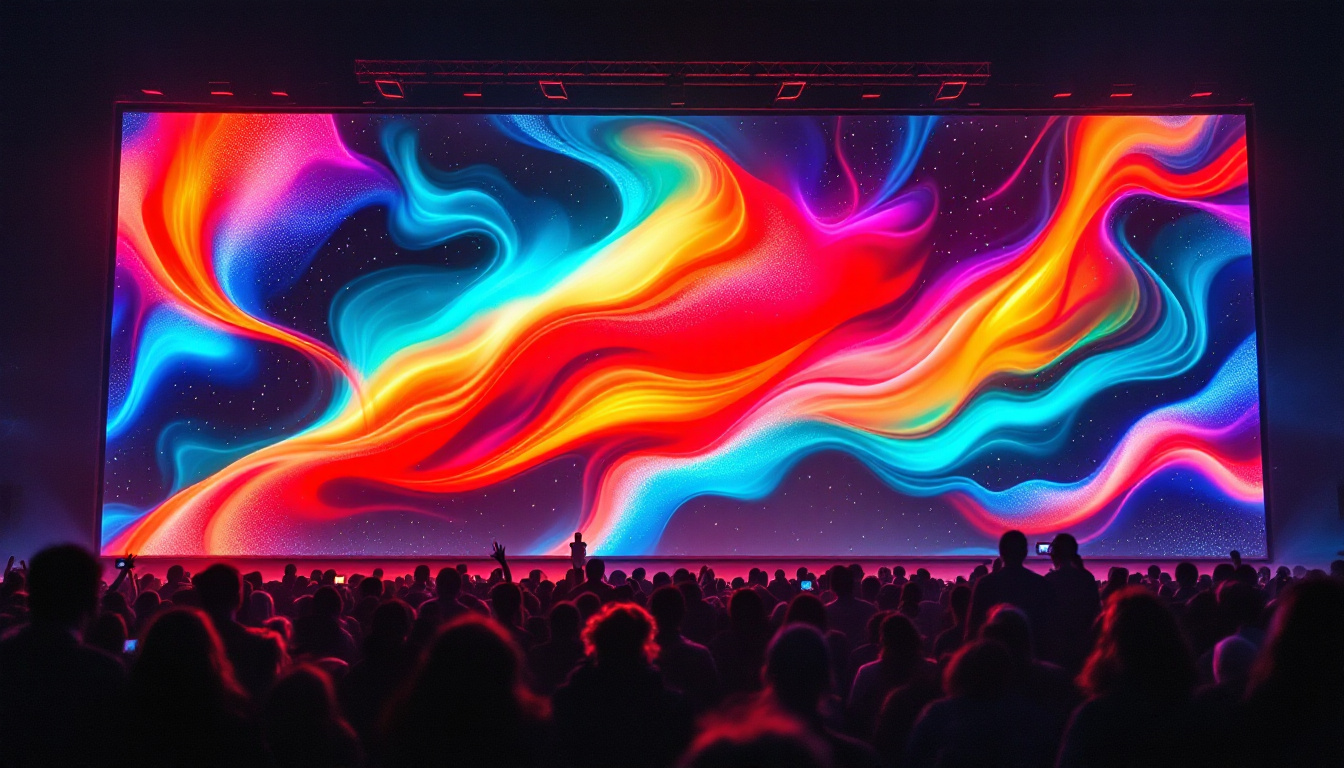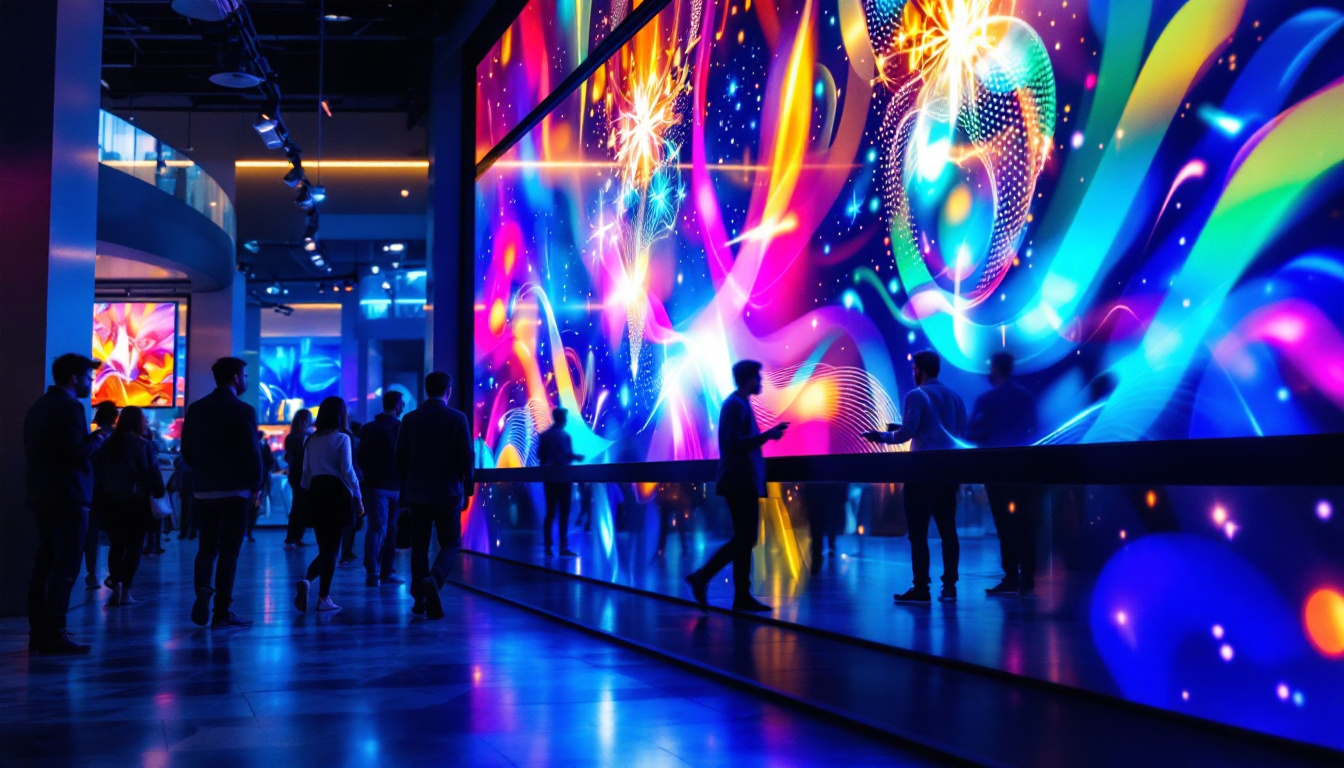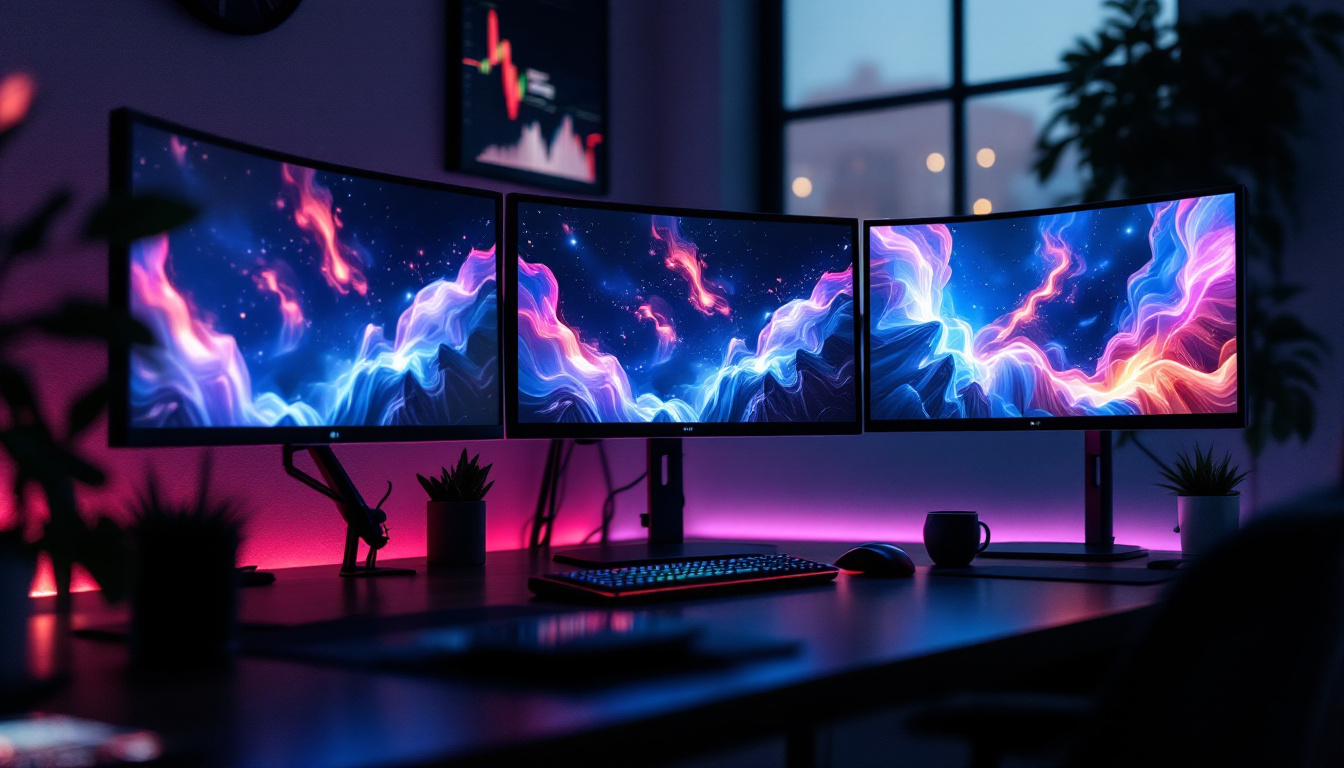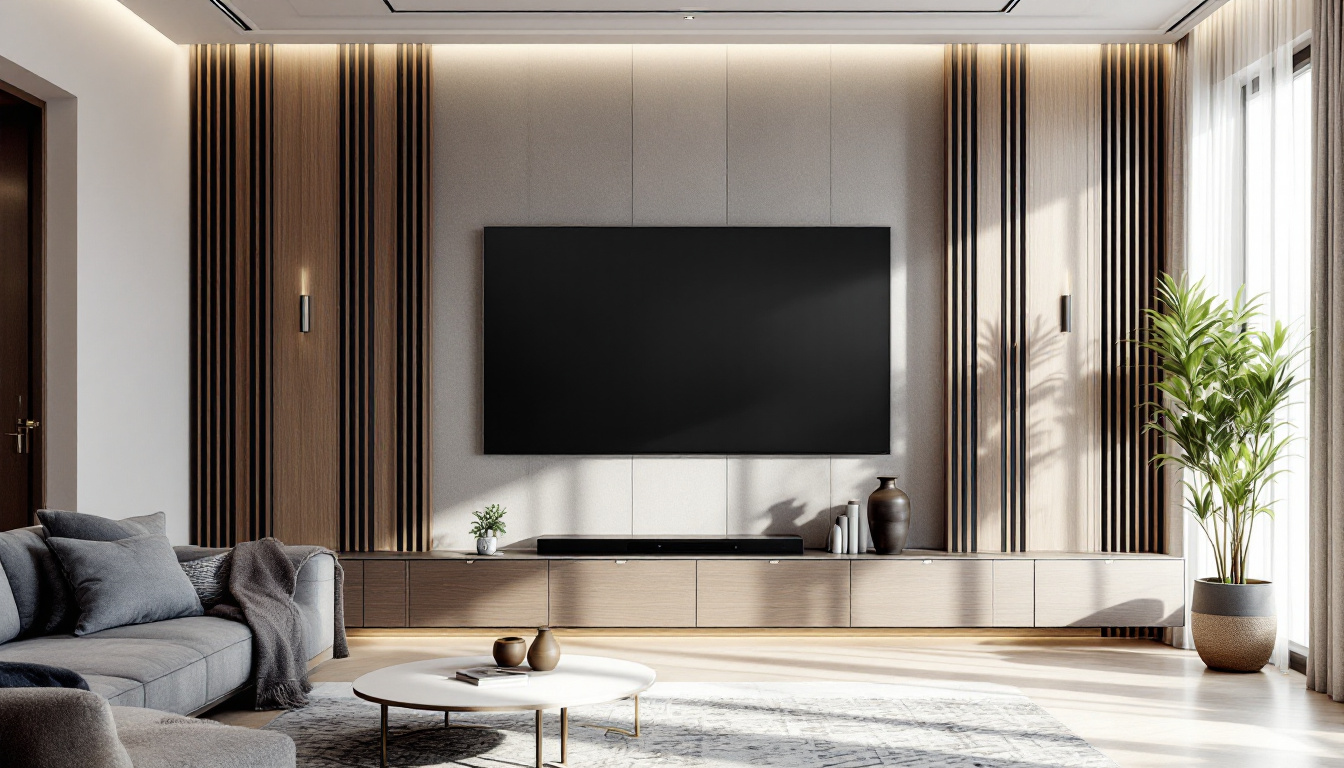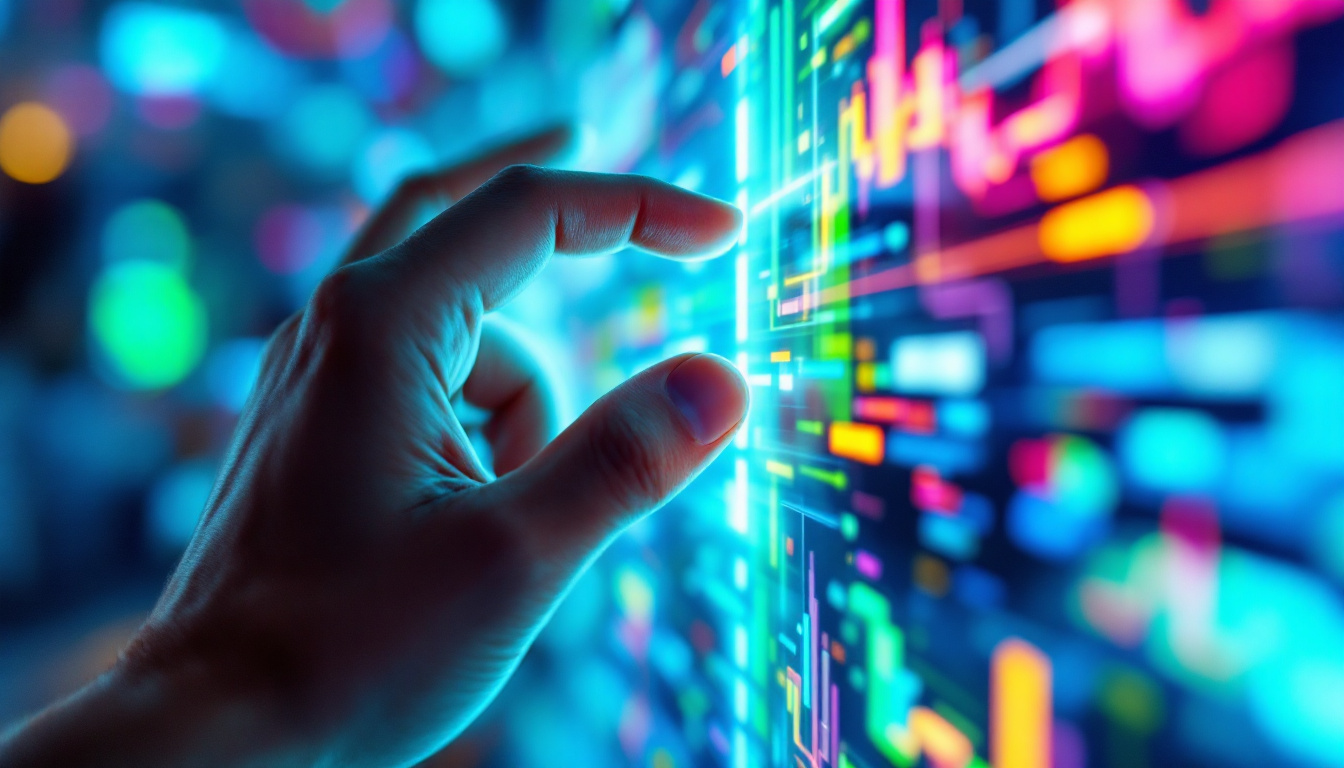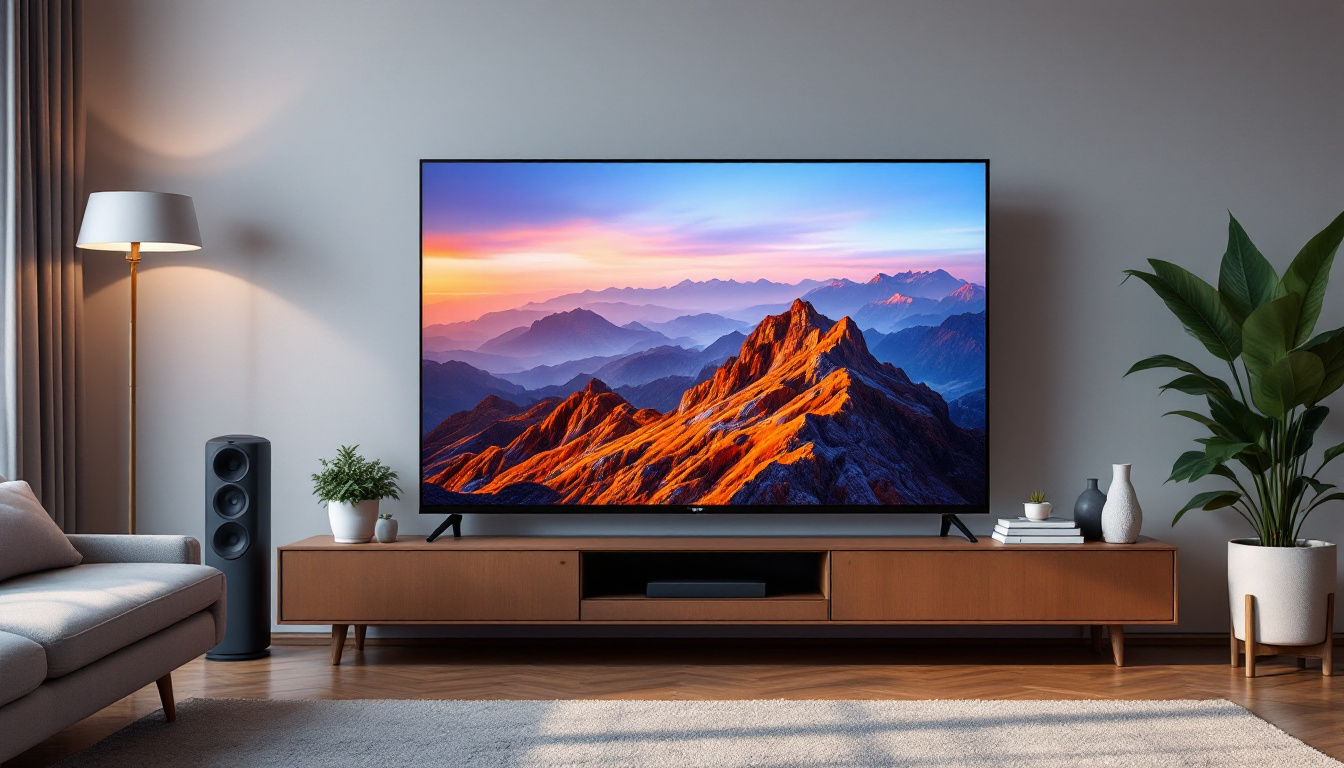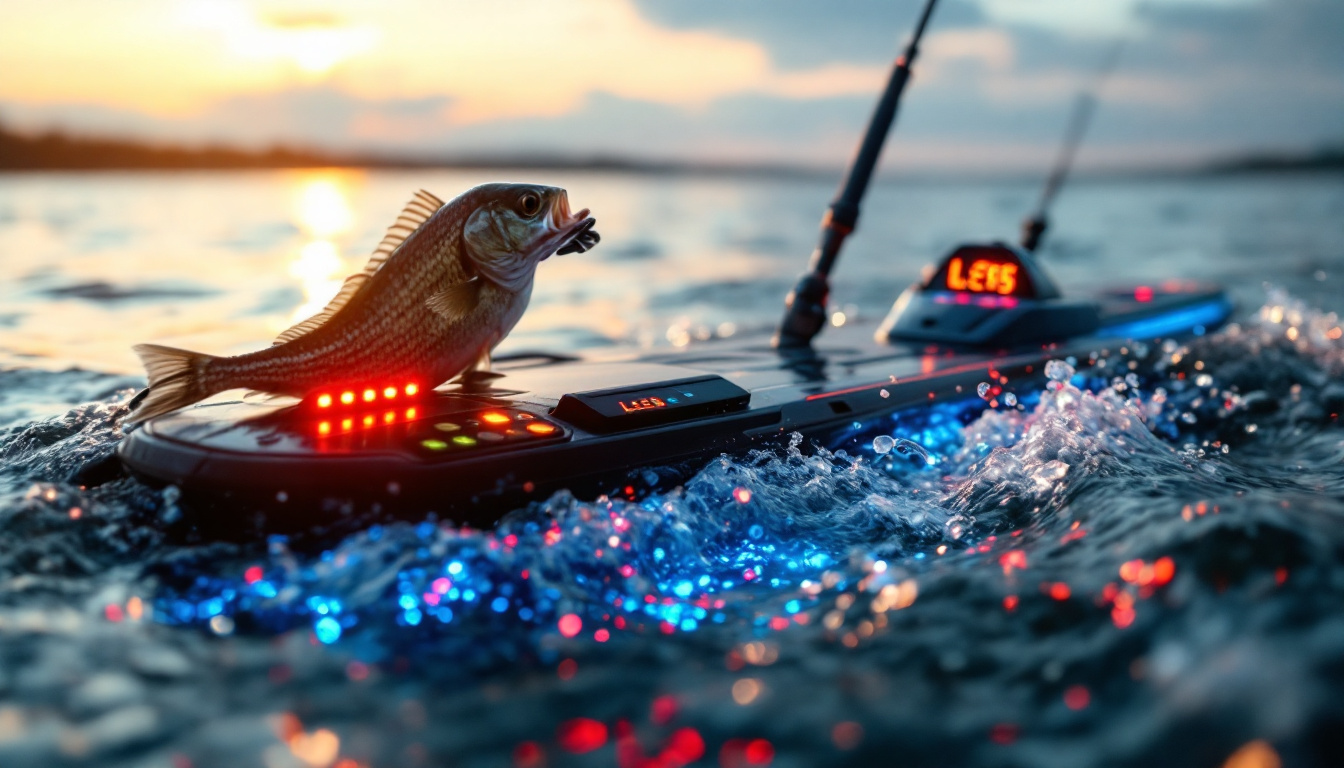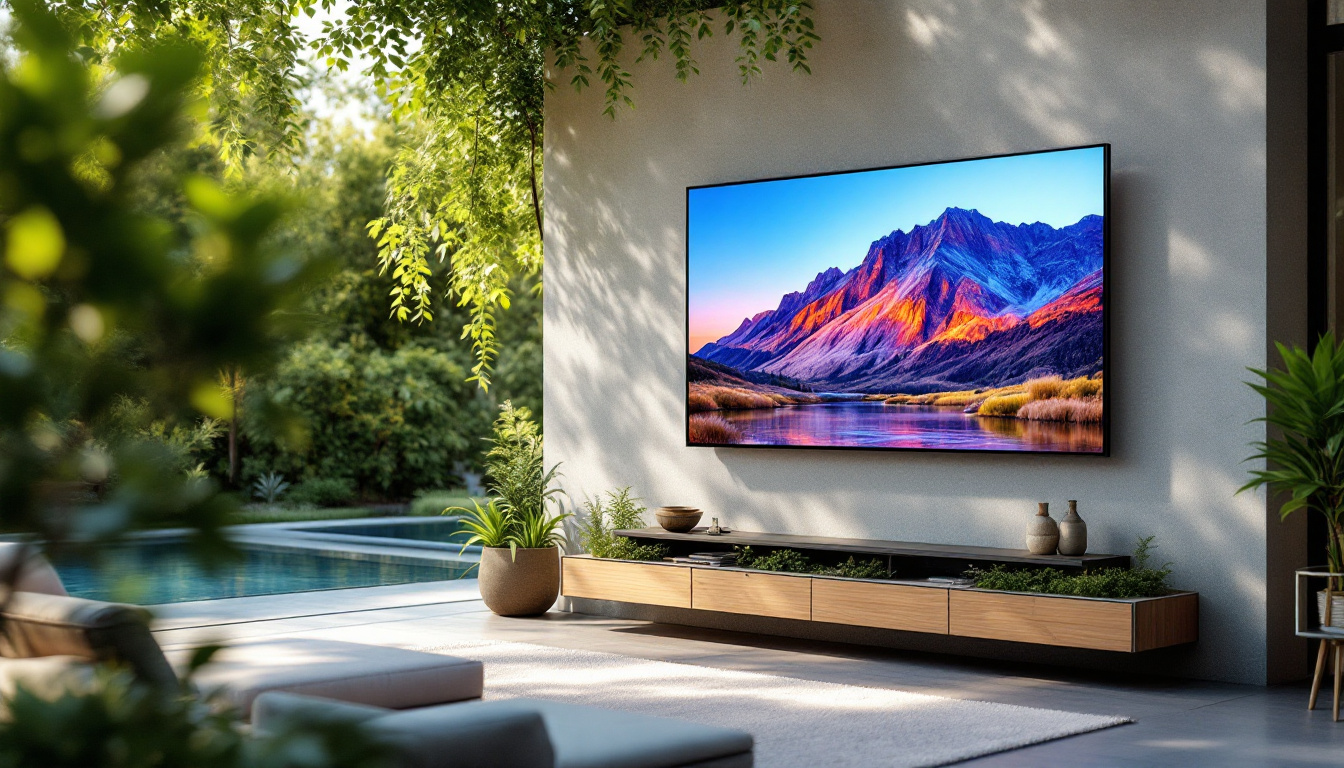In the ever-evolving landscape of advertising, billboards have maintained a significant presence, particularly with the rise of LED technology. As businesses seek innovative ways to capture consumer attention, the effectiveness of billboards, especially LED displays, has become a topic of interest. This article delves into the mechanics of LED billboards, their advantages, and their overall impact on advertising effectiveness.
The Evolution of Billboards
Billboards have been a staple of advertising since the late 19th century. Initially, they were simple painted signs that conveyed messages to passersby. Over the years, the introduction of new materials and technologies transformed these static displays into dynamic advertising platforms.
The Transition to Digital
The shift from traditional billboards to digital formats began in the late 1990s. Digital billboards utilize LED technology to display vibrant images and animations, allowing advertisers to change content quickly and frequently. This flexibility is a game-changer, as it enables businesses to tailor their messages to specific audiences and times of day.
Moreover, the ability to rotate multiple advertisements on a single display maximizes exposure and increases the potential for reaching a broader audience. This transition has not only modernized the billboard industry but has also provided advertisers with new tools to engage consumers.
Understanding LED Technology
LED, or Light Emitting Diode, technology is at the heart of modern digital billboards. Unlike traditional bulbs, LEDs are energy-efficient, long-lasting, and capable of producing bright, high-quality images. This technology allows for displays that are visible even in direct sunlight, making them effective in various environments.
LED displays can be configured in various sizes and resolutions, catering to different advertising needs. High-resolution displays are particularly effective in urban areas, where they can capture the attention of pedestrians and drivers alike. The clarity and vibrancy of LED images enhance the overall impact of the advertisement, making it more memorable for viewers.
Advantages of LED Billboards
LED billboards offer numerous advantages over traditional static displays. These benefits contribute to their growing popularity among advertisers and businesses seeking to enhance their marketing strategies.
Dynamic Content and Real-Time Updates
One of the most significant advantages of LED billboards is the ability to display dynamic content. Advertisers can change their messages based on real-time events, weather conditions, or even traffic patterns. For instance, a restaurant can promote a special offer during lunch hours or a local event can be advertised as it approaches.
This flexibility not only keeps the content fresh but also increases the relevance of the advertisements, making them more appealing to viewers. The ability to update content quickly means that advertisers can respond to market trends and consumer behavior in real-time, enhancing the effectiveness of their campaigns.
Cost-Effectiveness and Efficiency
While the initial investment for LED billboards can be higher than traditional billboards, the long-term cost-effectiveness is noteworthy. LED displays consume less energy than traditional lighting, leading to lower operational costs. Additionally, the ability to display multiple advertisements on a single board reduces the need for multiple static displays, further minimizing expenses.
Furthermore, the longevity of LED technology means that maintenance costs are generally lower. With fewer replacements and repairs required, businesses can allocate their resources more efficiently, allowing for a better return on investment.
Enhanced Audience Engagement
LED billboards are designed to capture attention. The bright colors and moving images are more likely to engage viewers than static advertisements. Studies have shown that dynamic content can increase recall rates, making it easier for consumers to remember the advertised brand or product.
Moreover, the strategic placement of LED billboards in high-traffic areas ensures that they are seen by a large number of potential customers. This visibility, combined with engaging content, creates a powerful advertising tool that can significantly enhance brand awareness and customer engagement.
Measuring Effectiveness
Understanding the effectiveness of LED billboards requires a multi-faceted approach. Advertisers often rely on various metrics to gauge the success of their campaigns.
Traffic and Audience Analytics
Many LED billboard companies provide analytics tools that track traffic patterns and audience demographics. This data can help advertisers understand who is viewing their ads and when. By analyzing this information, businesses can optimize their advertising strategies to target specific demographics more effectively.
For instance, a company may find that their ads are more effective during rush hour when commuters are more likely to be on the road. Armed with this knowledge, they can adjust their content and timing to maximize exposure and engagement.
Return on Investment (ROI)
Calculating the ROI of an advertising campaign is crucial for determining its effectiveness. For LED billboards, ROI can be measured through various means, including increased sales, website traffic, or social media engagement. Advertisers can track these metrics over time to assess the impact of their billboard campaigns.
Additionally, surveys and customer feedback can provide qualitative insights into how well the advertisements resonate with the audience. By combining quantitative data with qualitative feedback, businesses can gain a comprehensive understanding of their advertising effectiveness.
Case Studies and Success Stories
Numerous case studies illustrate the effectiveness of LED billboards in various industries. For example, a local restaurant that utilized an LED billboard to promote a new menu item saw a significant increase in foot traffic and sales during the campaign period. By dynamically updating the advertisement to reflect customer preferences and seasonal trends, the restaurant was able to maintain interest and engagement.
Similarly, a retail brand that launched a promotional campaign through LED billboards reported a marked increase in online engagement and in-store visits. The combination of eye-catching visuals and strategic placement led to a successful campaign that exceeded their expectations.
Challenges and Considerations
Despite their many advantages, LED billboards are not without challenges. Advertisers must navigate various factors to ensure the success of their campaigns.
Regulatory and Legal Issues
One of the primary challenges associated with LED billboards is compliance with local regulations and zoning laws. Many cities have strict guidelines regarding the placement and content of digital billboards. Advertisers must ensure that their displays adhere to these regulations to avoid fines or removal.
Additionally, some communities may have concerns about the impact of bright, flashing lights on traffic safety. Advertisers must work closely with local authorities to address these issues and ensure that their campaigns are both effective and compliant.
Content Creation and Management
Creating engaging content for LED billboards requires a different approach than traditional advertising. Advertisers must consider the short attention spans of viewers and design messages that are clear and impactful within a matter of seconds.
Moreover, managing the content on LED displays can be more complex than static billboards. Advertisers need to invest in software and training to ensure that their content is updated regularly and effectively. This ongoing management is essential for maintaining the relevance and effectiveness of the advertisements.
Competition and Market Saturation
As more businesses turn to LED billboards for advertising, competition in high-traffic areas can become fierce. Advertisers must find ways to differentiate their messages and stand out from the crowd. This may involve innovative content strategies, unique visuals, or targeted messaging that resonates with specific audiences.
To combat market saturation, businesses should continuously analyze their campaigns and adapt their strategies based on performance metrics. Staying ahead of trends and consumer preferences is crucial for maintaining a competitive edge in the advertising landscape.
The Future of LED Billboards
The future of LED billboards looks promising, with advancements in technology and changes in consumer behavior shaping the industry. As digital advertising continues to evolve, LED displays are likely to play an even more significant role in marketing strategies.
Integration with Smart Technology
As smart technology becomes increasingly prevalent, the integration of LED billboards with mobile applications and social media platforms presents exciting opportunities. Advertisers can create interactive campaigns that engage consumers in real-time, allowing for a more personalized experience.
For instance, QR codes displayed on LED billboards can direct viewers to websites or social media pages, facilitating immediate interaction. This integration not only enhances engagement but also provides valuable data for advertisers to analyze consumer behavior.
Environmental Considerations
As sustainability becomes a priority for many businesses, the environmental impact of advertising is under scrutiny. LED technology is inherently more energy-efficient than traditional lighting, but advertisers must also consider the lifecycle of their displays and the materials used in production.
Future developments may focus on creating more sustainable LED billboards, utilizing recyclable materials and renewable energy sources. This shift could appeal to environmentally conscious consumers and enhance brand reputation.
Personalization and Targeting
The ability to personalize advertisements based on audience data is a growing trend in digital marketing. LED billboards may evolve to incorporate advanced targeting techniques, allowing advertisers to tailor messages to specific demographics or even individual consumers based on their preferences and behaviors.
This level of personalization could significantly enhance the effectiveness of billboard advertising, making it a more relevant and engaging experience for viewers. As technology continues to advance, the potential for innovation in LED billboard advertising is limitless.
Conclusion
In summary, LED billboards represent a powerful tool in the advertising arsenal. Their dynamic content, cost-effectiveness, and ability to engage audiences make them an attractive option for businesses looking to enhance their marketing strategies. While challenges exist, the potential for innovation and growth in this sector is significant.
As advertisers continue to explore the capabilities of LED technology, the effectiveness of billboards will likely increase, making them a vital component of modern advertising. Understanding how to leverage these displays effectively will be crucial for businesses aiming to capture the attention of today’s consumers.
Ultimately, the question of whether billboards actually work can be answered with a resounding yes—especially when harnessed through the power of LED technology. The future of advertising is bright, and LED billboards are leading the way.
Illuminate Your Advertising with LumenMatrix
Ready to harness the power of LED technology for your advertising needs? LumenMatrix is at the forefront of LED display innovation, offering a wide range of solutions to make your brand shine. From Indoor and Outdoor LED Wall Displays to specialized options like Vehicle LED Displays and LED Sports Displays, we have everything you need to create engaging and memorable visual experiences. Embrace the future of visual communication with our cutting-edge digital signage and LED display solutions. Check out LumenMatrix LED Display Solutions today and elevate your brand visibility to new heights.

